Chulsoon Hwang
Transformer Network-based Reinforcement Learning Method for Power Distribution Network (PDN) Optimization of High Bandwidth Memory (HBM)
Mar 29, 2022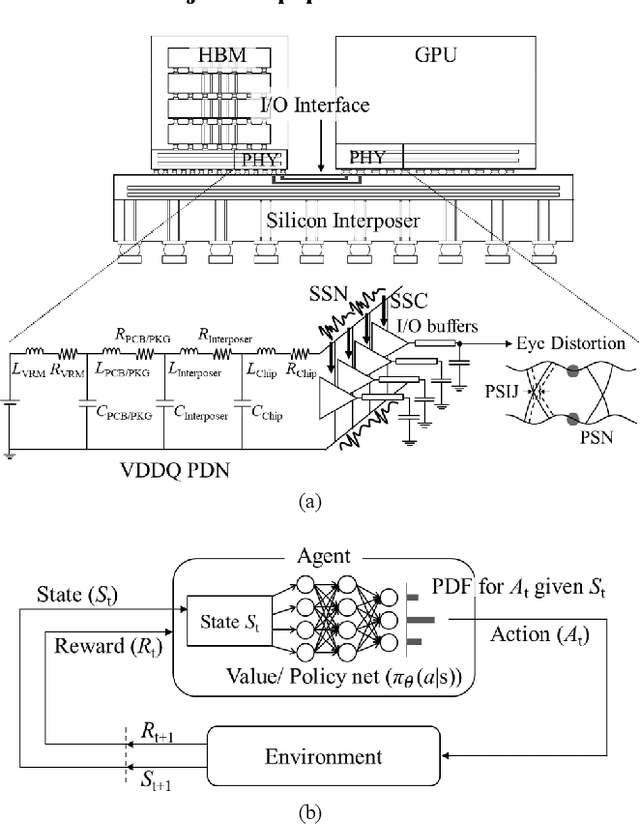
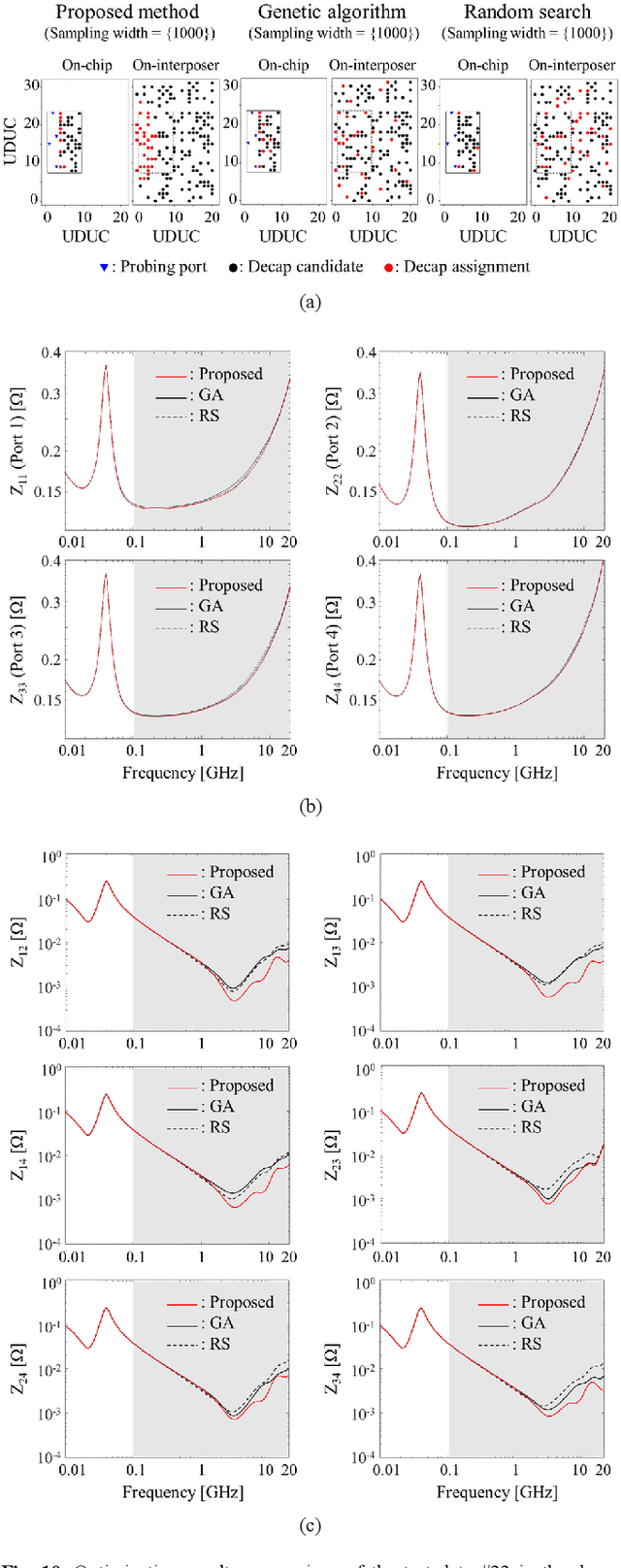
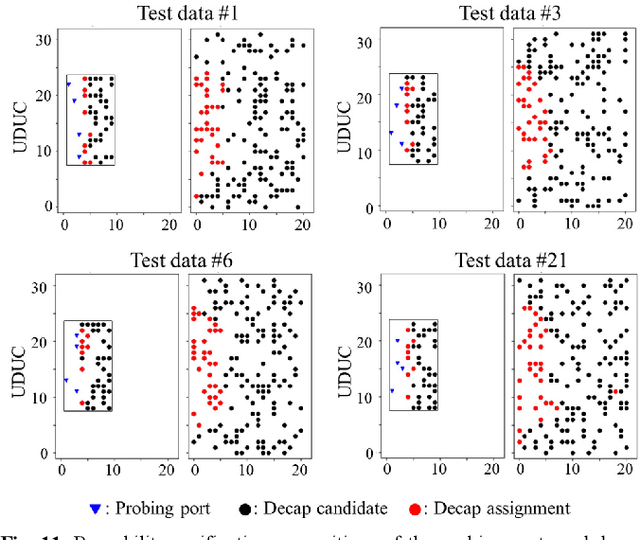
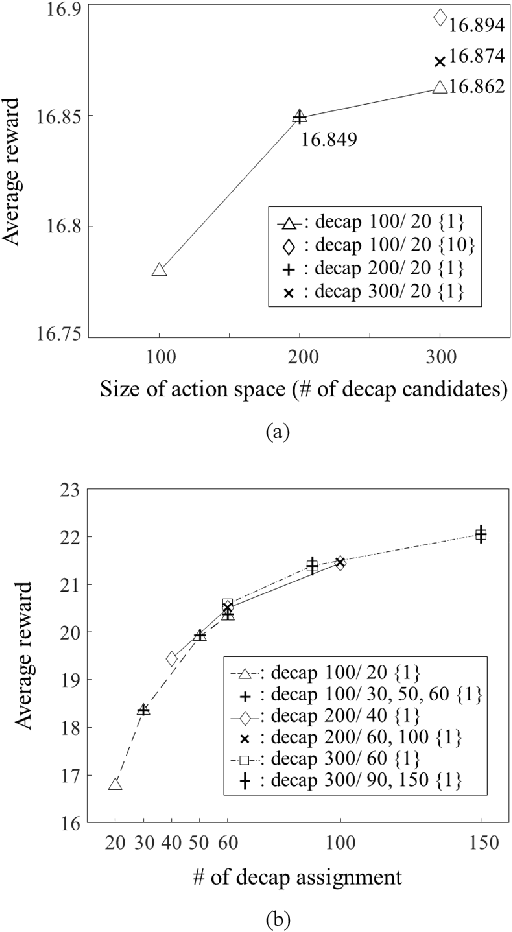
Abstract:In this article, for the first time, we propose a transformer network-based reinforcement learning (RL) method for power distribution network (PDN) optimization of high bandwidth memory (HBM). The proposed method can provide an optimal decoupling capacitor (decap) design to maximize the reduction of PDN self- and transfer impedance seen at multiple ports. An attention-based transformer network is implemented to directly parameterize decap optimization policy. The optimality performance is significantly improved since the attention mechanism has powerful expression to explore massive combinatorial space for decap assignments. Moreover, it can capture sequential relationships between the decap assignments. The computing time for optimization is dramatically reduced due to the reusable network on positions of probing ports and decap assignment candidates. This is because the transformer network has a context embedding process to capture meta-features including probing ports positions. In addition, the network is trained with randomly generated data sets. Therefore, without additional training, the trained network can solve new decap optimization problems. The computing time for training and data cost are critically decreased due to the scalability of the network. Thanks to its shared weight property, the network can adapt to a larger scale of problems without additional training. For verification, we compare the results with conventional genetic algorithm (GA), random search (RS), and all the previous RL-based methods. As a result, the proposed method outperforms in all the following aspects: optimality performance, computing time, and data efficiency.
Fast PDN Impedance Prediction Using Deep Learning
Jun 20, 2021
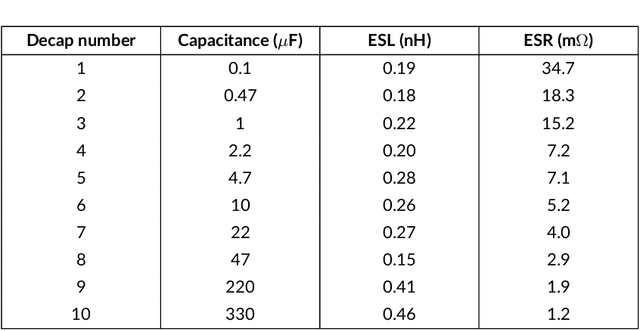


Abstract:Modeling and simulating a power distribution network (PDN) for printed circuit boards (PCBs) with irregular board shapes and multi-layer stackup is computationally inefficient using full-wave simulations. This paper presents a new concept of using deep learning for PDN impedance prediction. A boundary element method (BEM) is applied to efficiently calculate the impedance for arbitrary board shape and stackup. Then over one million boards with different shapes, stackup, IC location, and decap placement are randomly generated to train a deep neural network (DNN). The trained DNN can predict the impedance accurately for new board configurations that have not been used for training. The consumed time using the trained DNN is only 0.1 seconds, which is over 100 times faster than the BEM method and 5000 times faster than full-wave simulations.
 Add to Chrome
Add to Chrome Add to Firefox
Add to Firefox Add to Edge
Add to Edge